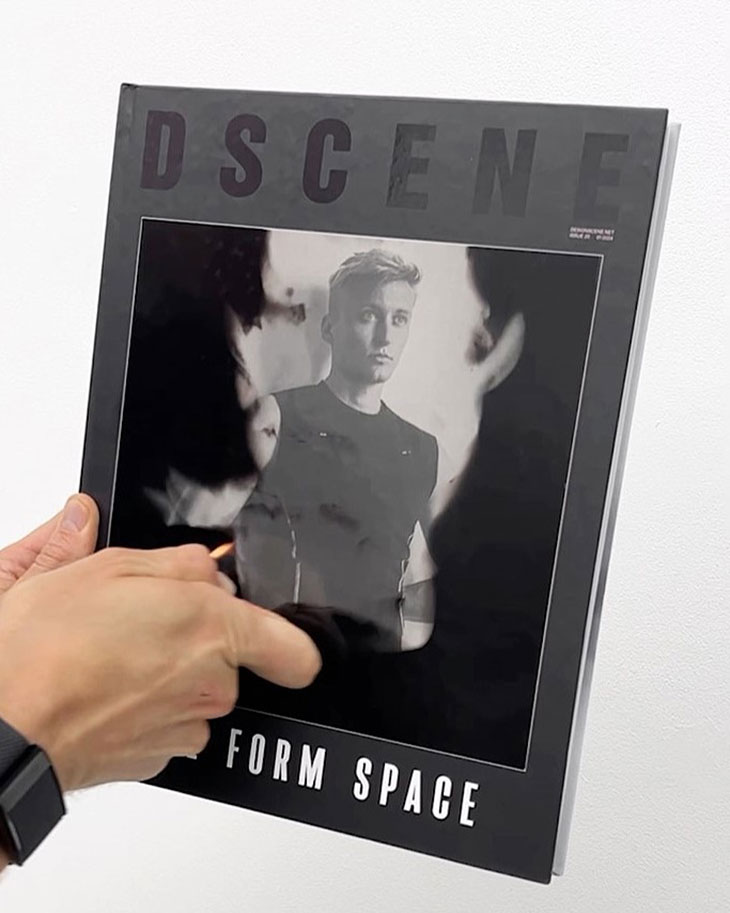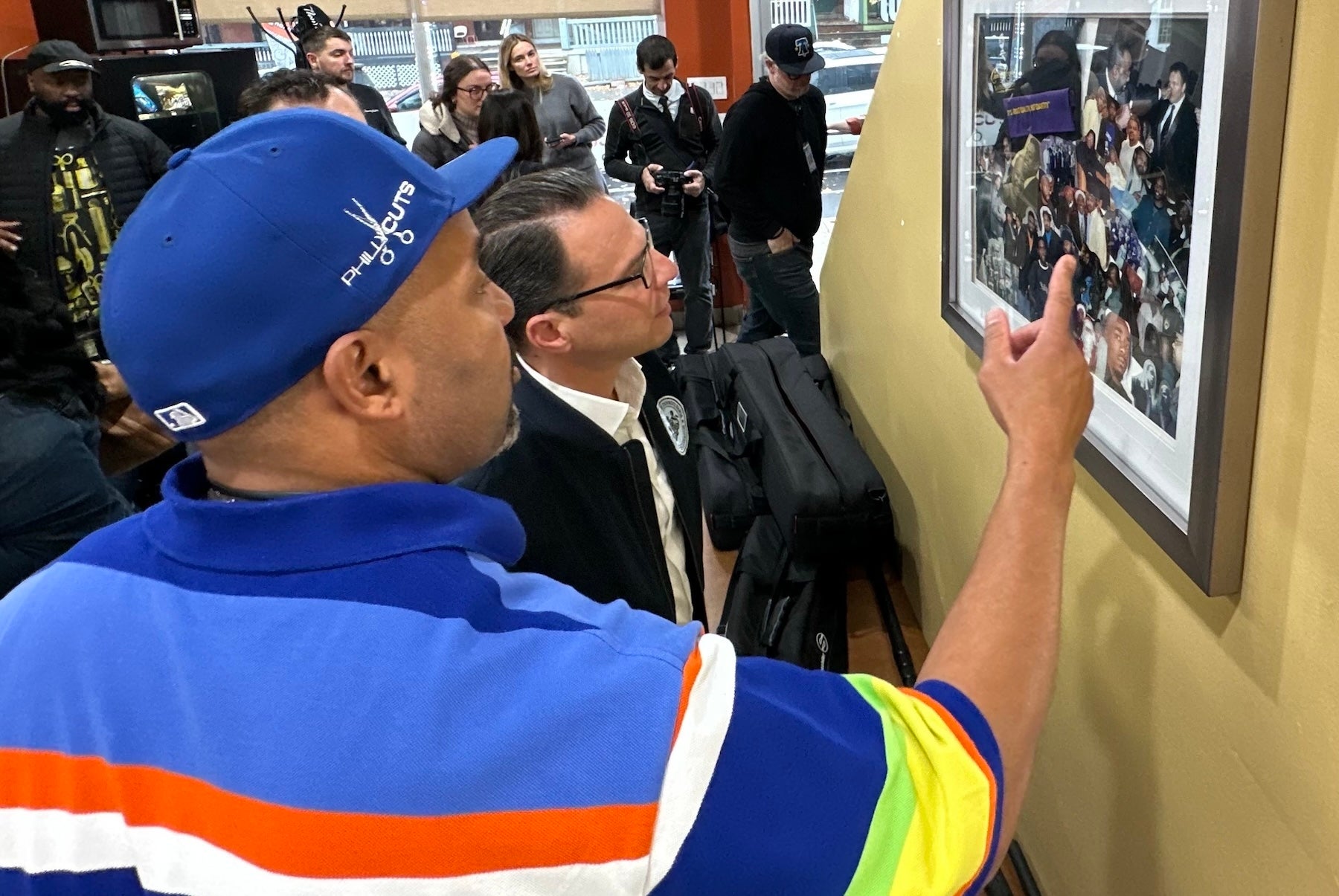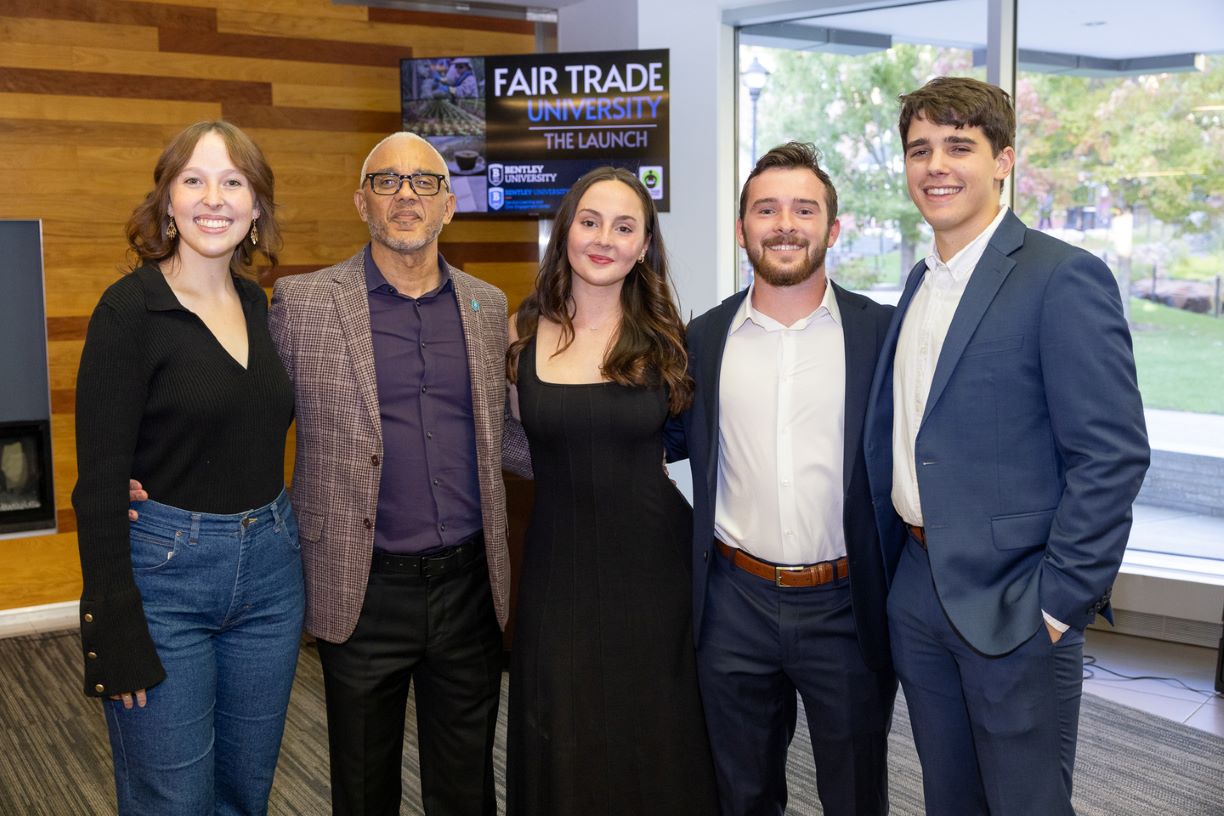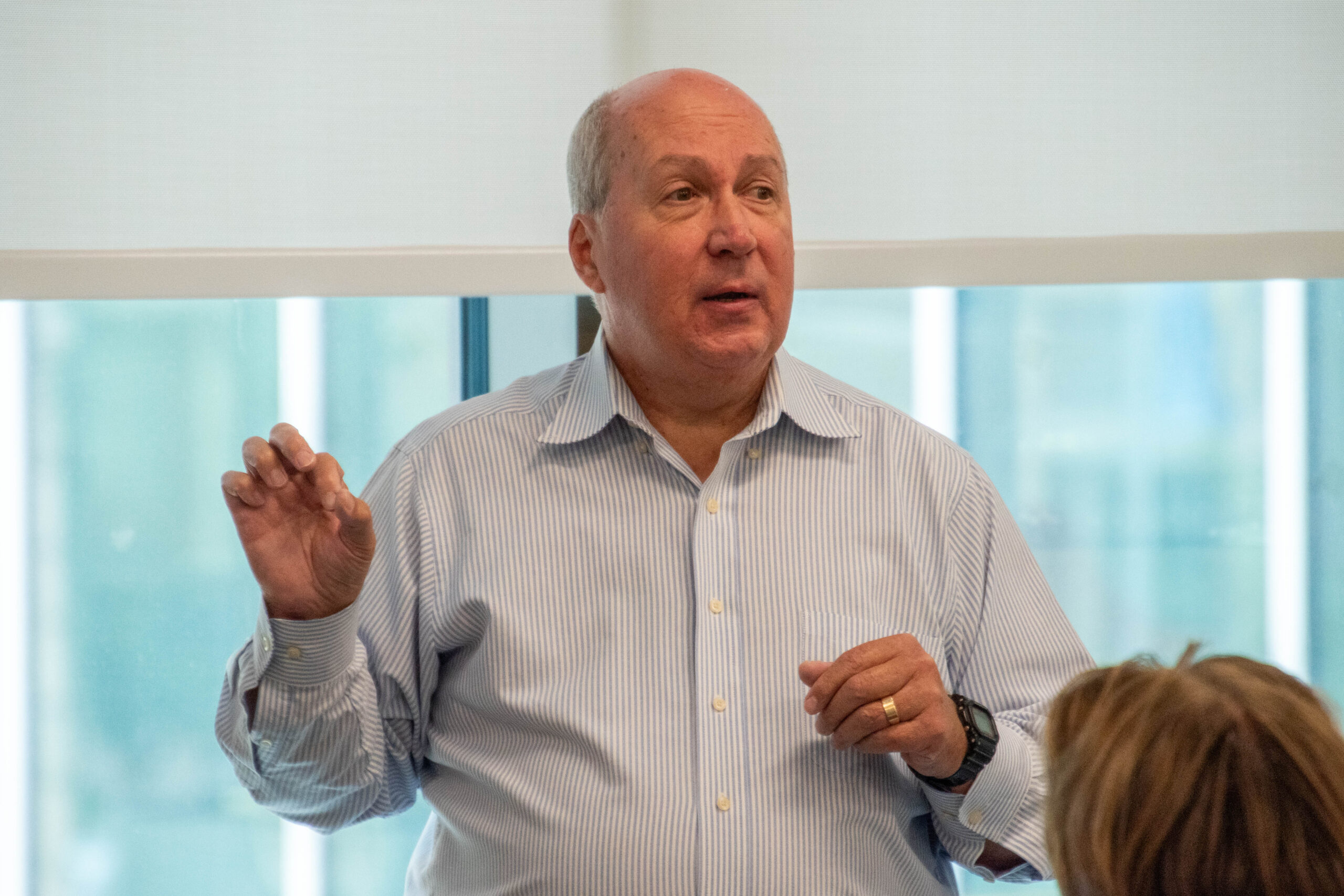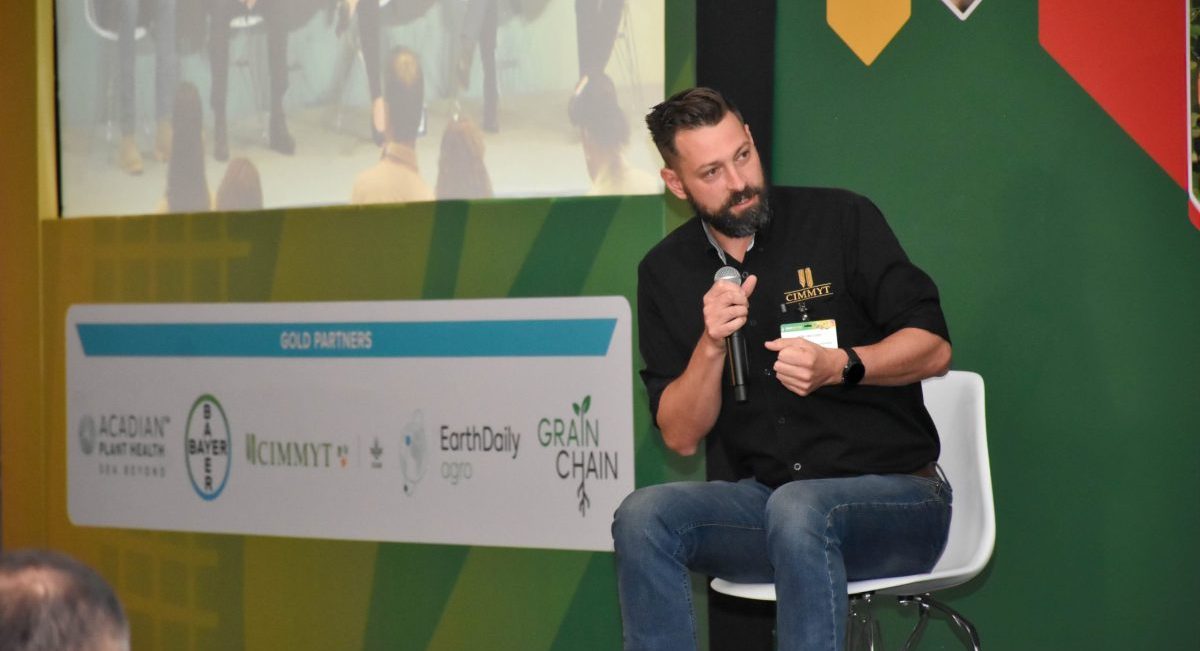Fashion
Futurewear: Julius Juul on Heliot Emil’s Multi-Sensory Fashion

Heliot Emil, a brand that has redefined the boundaries of fashion, stands out with its unique blend of industrial elegance and conceptual design. Founded by brothers Julius and Victor Juul, Heliot Emil is renowned for creating immersive experiences that go beyond traditional clothing lines. Their collections often incorporate elements of furniture, installations, and soundscapes, offering a holistic vision that continues to inspire the fashion world.
LIMITED COPIES LEFT – ORDER IN PRINT
DSCENE Magazine Editors Katarina Doric and Zarko Davinic sit down with Julius Juul to explore the origins of Heliot Emil, the evolution of its innovative concepts, and the crucial role of technology and sustainability in the brand’s ongoing narrative. Juul shares insights into their creative process, the inspiration behind their collections, and the future of fashion as seen through the lens of Heliot Emil.
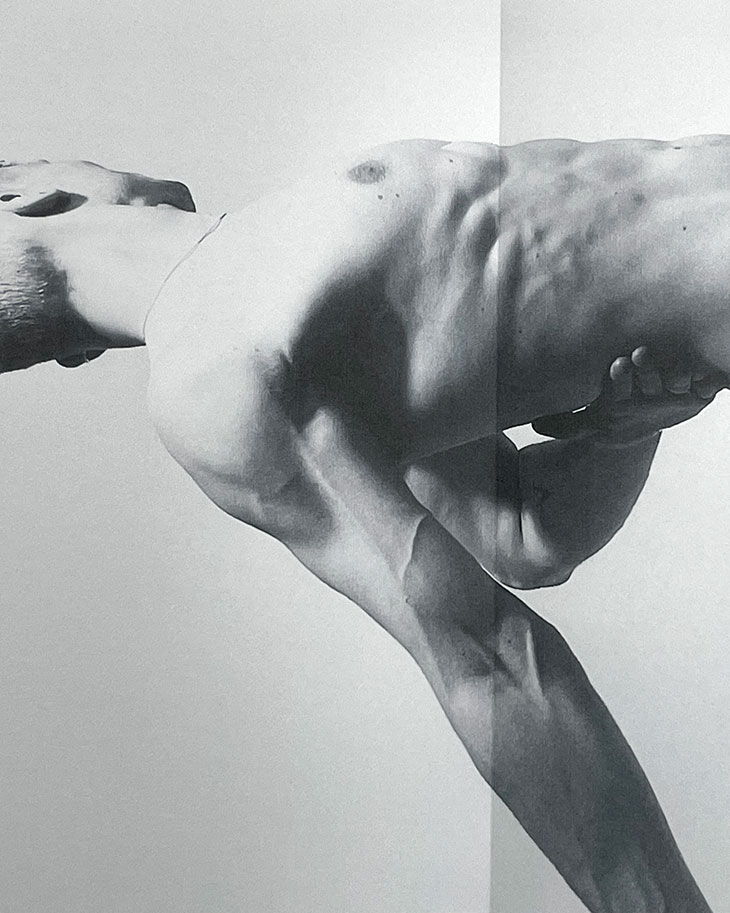
What were the foundational ideas behind Heliot Emil, and how have these ideas evolved as the brand has grown? – That’s a great question. Both my brother and I don’t come from a traditional fashion background, which was very foundational for how we started and approached the idea of creating a brand. Since we didn’t know the conventional parameters of what it takes to create a brand, we just did what we thought was right. It involved a lot of learning by doing.
From the beginning, we’ve always believed in creating a universe where the clothes are just one component, rather than just making pieces of clothing and then adding something later. We’ve been fascinated by the idea of creating more than just clothes. This is why we’ve explored various things like furniture, installations, soundscapes for our shows, and events that aren’t necessarily focused solely on the clothes. It’s about creating an entire universe where the clothes exist as one part of it.

Each of your collections has a very strong conceptual theme. Can you walk us through the process of developing those themes, what inspires your collections, and how you decide what to pursue each season? – I think it’s always about what fascinates me at that specific time. There is an underlying aesthetic that lives within the brand, which balances industrial elegance. We try to merge elements considered industrial, such as technical details, influences from architecture, and construction, with more elegant elements like delicate fabrics and refined silhouettes, such as suiting or dresses. We aim to find a middle ground between what is considered industrial and what is considered elegant.
I’m also very fascinated by innovation across various industries. It could be anything from advancements in AI to innovations in different fields. I always look for ways to apply these advancements to the fashion industry and see what we can learn from them. So, there’s always an element of innovation in each collection, along with the balance of industrial elegance. Additionally, there is a theme or subject that I’m particularly interested in at the time, which could come from anything, like an art exhibition I saw or a new topic I’m exploring. It depends on what captures my interest at that moment.
Technology plays a crucial part in your designs. Could you discuss a specific technology that has impacted your recent collections, such as AI or 3D printing? – Yes, technology is a significant part of what we do because it fosters innovation. Recently, we’ve collaborated with Alpine Stars, a world-leading manufacturer of protective gear. You might have seen this at the exhibition in Paris. They developed Tech Air, a built-in airbag system that runs inside garments, extending and saving lives by protecting the wearer.
I was fascinated by this internal construction, which is typically hidden inside a leather jacket made to look as normal as possible. I asked if we could take the airbags that had already been deployed during races and use them. Although initially told we couldn’t use them since they were spent, I proposed creating a sculpture to showcase this life-saving technology.
Fashion often fascinates and inspires, but there’s also an innovative side to textile and garment creation that can save lives. We wanted to highlight this by combining these worlds. We created a giant sculpture from these reused airbags, each bearing the name of the driver it protected. For example, one airbag had the name of the famous driver Marc Marquez. Altogether, the sculpture incorporated 37 airbags, representing 37 lives potentially saved, all connected into one piece.

You also said you are very inspired by the things that are underneath, the things you cannot see at first. This is like that: you have that technology underneath your jacket, and you don’t really see it, but you know it’s there. – Exactly. I think that’s a beautiful concept—looking underneath the surface to see what’s behind. Whether it’s in a car or a building, there’s something intriguing about the hidden elements that make it function. I love buildings that reveal more of their raw structure.
When the Brutalist movement in architecture emerged in the 1960s, Le Corbusier, one of its founding fathers, talked about the honesty of buildings—the rawness of their construction. Many people see Brutalism as rough and hard, but it’s really about expressing the building’s true skeleton.
A skeleton, often perceived as something scary or gothic, is actually our most authentic form—exposed and without any covering. There’s a fascination in peeling back the layers to reveal the truth beneath. How do we see and expose the real essence? I think Brutalism is a good expression of that, even though it can be a bit misunderstood in modern times as being something that is very hard and very tough.
Fashion often fascinates and inspires, but there’s also an innovative side to textile and garment creation that can save lives.
Yeah, but your designs, your design approach, remind me more of an architectural approach than a traditional fashion design approach. Now that you mention it, I see the connection between your designs and architecture. – In Copenhagen and Denmark, there’s a huge fascination and respect for architects. They are seen as rock stars, the founding fathers, the ones who shaped the country. Figures like Poul Kjærholm, Hans Wegner, and Arne Jacobsen are people we grew up admiring. Our families taught us to respect them.
This respect for architecture is deeply incorporated in the way I think. I often look at architecture and its references. Many of the most renowned Danish figures are architects. Even now, with the Bjarke Ingels Group, they’re doing huge projects worldwide.
And people like Verner Panton, who does a lot of interior work, merging industrial design with architecture. Or Jørn Utzon, who designed the Sydney Opera House, and Olafur Eliasson, an artist-architect. Architecture is everywhere in Denmark, from buildings to furniture.
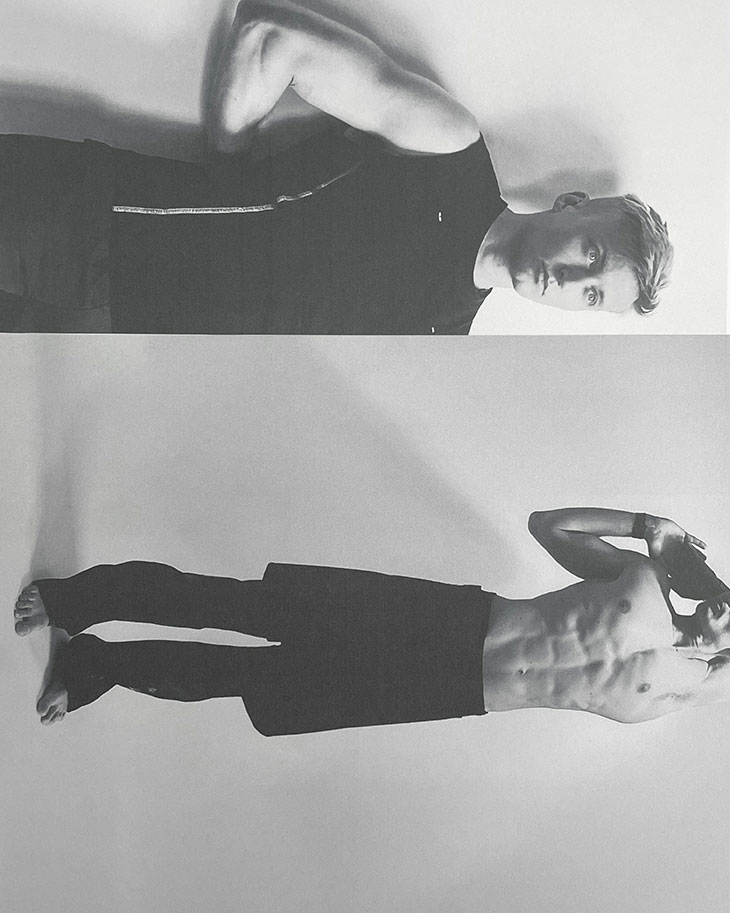
Are you taking the same approach when considering the fabrics and materials for your collections, especially regarding sustainability? – Yes, definitely. I think there’s a very Danish approach to doing what needs to be done. In the fashion world right now, you can’t avoid the necessity of being sustainable. Many brands claim to be sustainable without actually implementing sustainable practices. The Danish approach, however, is that sustainability should be a given, and you don’t need to boast about it.
We have an unwritten rule in Denmark called the Jante Law, which essentially means you shouldn’t think you’re better than anyone else unless you’re truly doing your best. We follow this principle by focusing on sustainability in all aspects of our production without making a big deal about it.
That’s an interesting concept. – Yes! So everything from the packaging, to the lining, to the labels, to the fabrics that we make is made from recycled materials. We’re using deadstock materials and as many natural fibers as possible, including organic cotton and sustainably sourced wool and mohair. Really, a lot of different aspects of what we do are focused around sustainability. But we don’t like to talk about it because fashion will never be completely sustainable. The detrimental aspect of fashion is the constant creation of new things to showcase innovation and creativity.
You can do this in a sustainable way, but it will never be entirely sustainable to create new things. So, it’s wrong for us to claim that our work is fully sustainable, but within the fashion context, what we’re doing is considered extremely sustainable. We’re also working with various fabric manufacturers to create our own completely sustainable tech fabric, which is something very rare in the industry.
Typically, tech materials are made using a lot of plastics. We have two approaches to address this right now. First, we are recycling plastic from the ocean, such as old fish nets and ocean trash, cleaning up the ocean, and then creating new fabric from this material. We’ve made a bunch of different garments using this technology. We’ve partnered with a company, which gathers this plastic, and we turn it into fabric and create pieces from it. The second approach involves developing a tech membrane fabric, but more sustainable than the existing ones.

You also used AI in your spring-summer 24 collection. What are the advantages and challenges of working with AI when designing a new collection? – Yeah, I mean, it’s interesting how fascinated the world is with AI now. We’ve been using AI since autumn-winter 21. That was our first experience with AI. We worked with several different artists who were at the forefront of creating AI. They were developing their own versions of the programs that you know today, like Midjourney or DALL-E. They had their own programmed versions of those.
I was very fascinated by what happens when you input all these images into a computer. What does it come up with? Can it create a sort of Frankenstein version of your designs? This was back in 2020, before there was a significant focus on AI. We also worked with Lorem, an AI artist who created many of the soundscapes for our shows using AI. Following that, there was a whole movement of AI fascination.
We also created a campaign using AI after this. We did a collaboration with Uniform, the Swedish perfume brand and the entire campaign was created with AI, which wasn’t really a thing back then. People were like, “Oh, okay, it looks like something familiar.” But now there’s a broader understanding of it. It’s fascinating that it looks like something you know, but it’s created by a machine.
It will never be entirely sustainable to create new things. So, it’s wrong for us to claim that our work is fully sustainable, but within the fashion context, what we’re doing is considered extremely sustainable.
What inspired your spring-summer 24 collection, and how did Alan Turing’s work influence it? – Alan Turing was a pioneer in various fields, particularly mathematics and philosophy. He posed many questions about man versus machine and nature versus mathematics. In 1954, he wrote an article called “The Chemical Basis of Morphogenesis,” which was a detailed explanation of how patterns in nature, such as the formation of leaves on a tree, the spots on a cow, or the tentacles of an octopus, have an algorithmic background.
Turing was ahead of his time, constantly questioning the relevance of machines to human thought processes. He wondered if human intelligence could be expressed through a machine. This was in the 1950s and 1960s, when computers were the size of a room, not like today’s devices where your iPhone can finish your sentences.
This led to the concept now known as the Turing Test: can a machine exhibit human-like behavior or intelligence? For computer scientists, this became the ultimate challenge: how do we create a machine that thinks like a human? What does it take to be human? How do we replicate human behavior and thought patterns?
With AI, using large language models that constantly learn from data, people believe it can exhibit very human-like behavior. That’s why AI can be used for tasks that were once thought exclusive to humans. For example, if I tell it to show me a pink elephant on a bike, and it does, it seems like it understands me. However, it still lacks the truly creative thinking that only humans possess at this point.

What are your thoughts on the future potential of AI in creative fields? Can AI truly be creative, or is it limited to replicating what it already knows? – I don’t know if it’s going to be possible in the future, but there is a significant difference to consider. There’s a complex called the Chinese Room, a question posed in the 80s. Imagine putting a man inside a room with a translation book for Chinese. You send him letters to translate, and he uses the book to translate the words into Chinese, sending back the translated text. Does the man actually know Chinese? This question illustrates that even if someone can complete a task with all the necessary tools, it doesn’t mean they truly understand it.
Similarly, you can program AI to be creative, but it operates within the limits of what it knows. It can only “translate” based on the data it has been given. This raises the question of whether AI is truly advancing or just replicating our current knowledge. AI grows by mirroring what we already know, so its growth is a reflection of our understanding. Creativity, on the other hand, is about producing something new, which is inherently human and unpredictable. It’s a difficult question to answer definitively.
How do you think it will impact various industries? -Maybe it’s also a nice new challenge, similar to when digital first came out and people were fascinated by things still made on film. It could be a challenge to see how we can create something that doesn’t feel like it was created with AI.
Sometimes, major advancements are beneficial because they push certain industries forward. You can see how certain companies have disrupted areas before. For example, when Tesla created the electric car, suddenly everyone started developing electric cars, pushing the movement forward in a much-needed way.
I think we’ll see similar effects with AI. Industries that can be enhanced with AI will get a tremendous push, especially those that were lagging in their methods. I think that’s amazing. We should use AI for these purposes, focusing on what we can advance with this amazing tool rather than dwelling on potential negative impacts.
